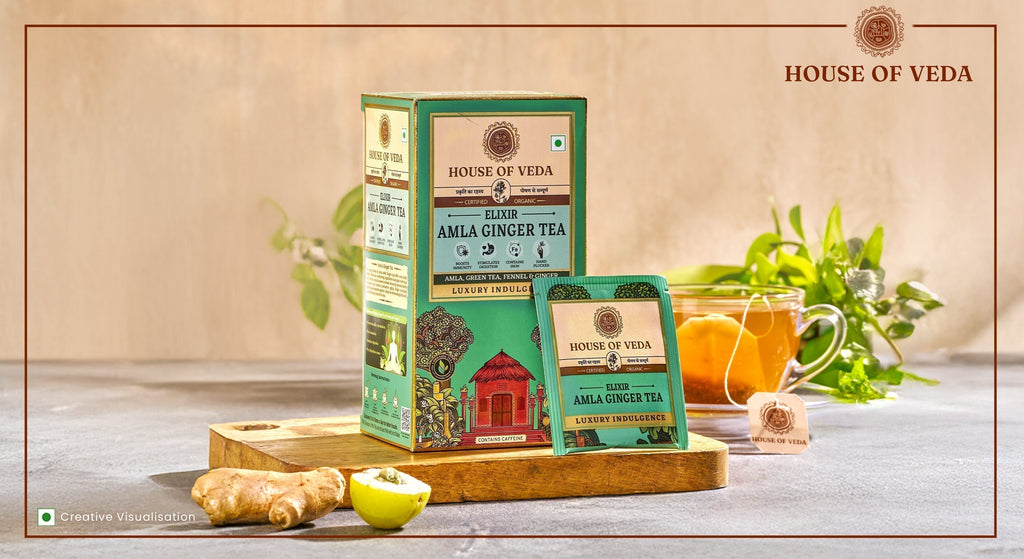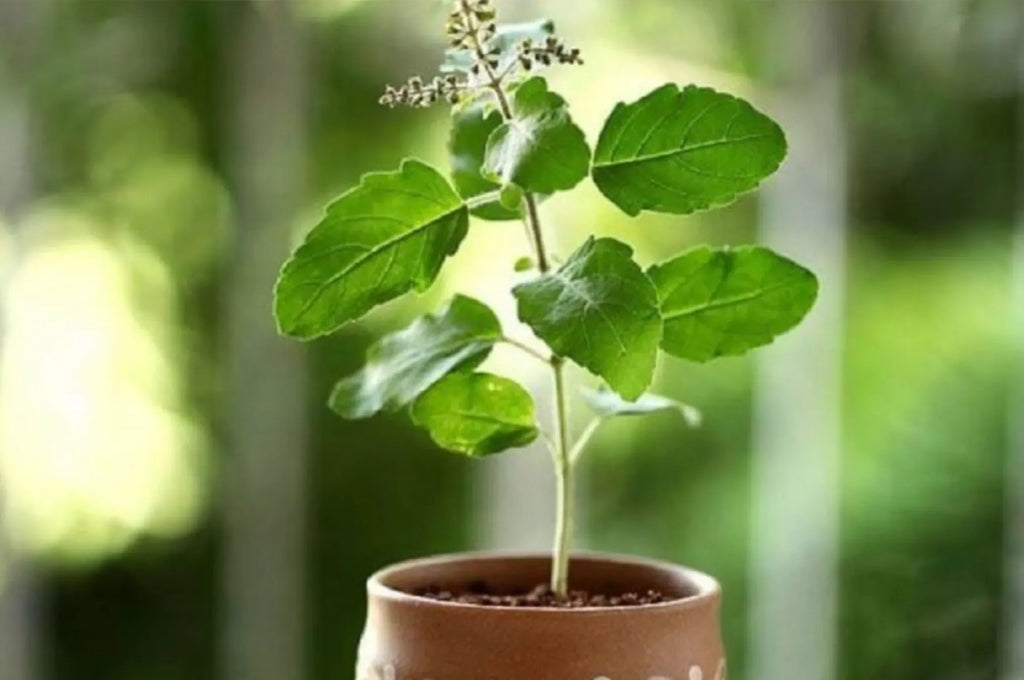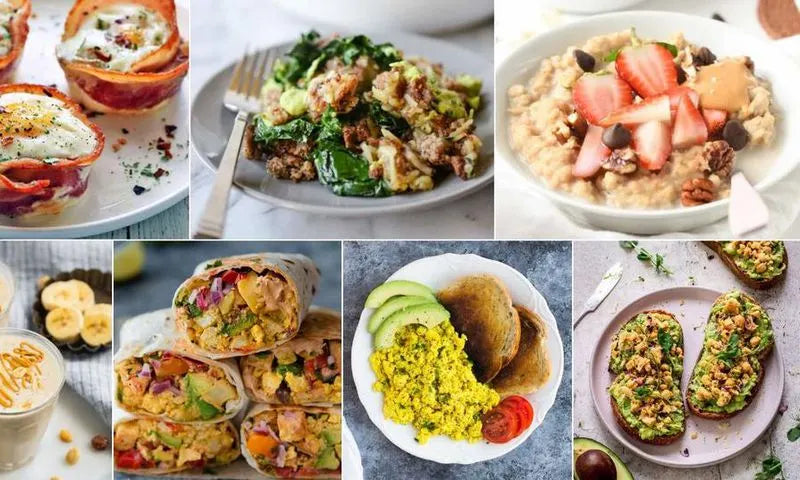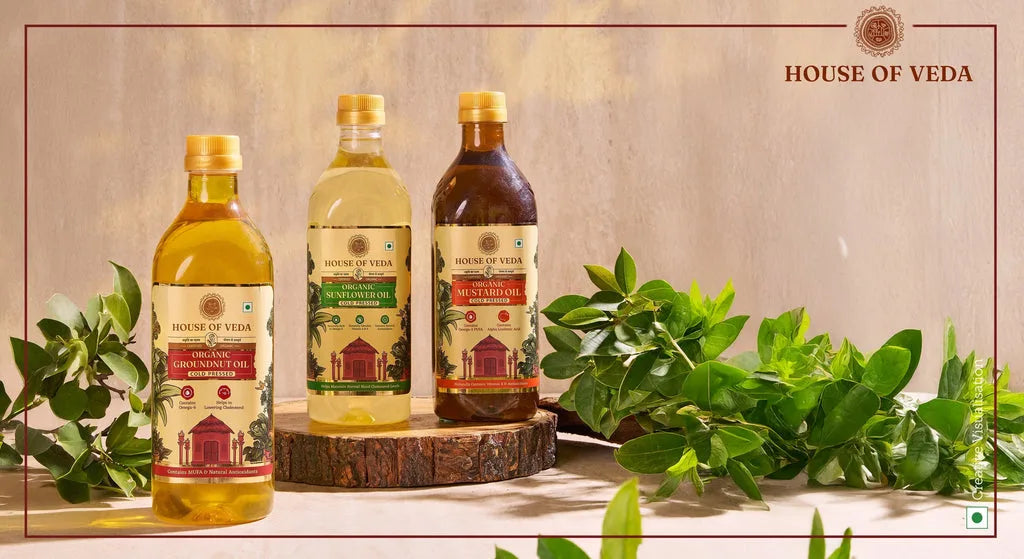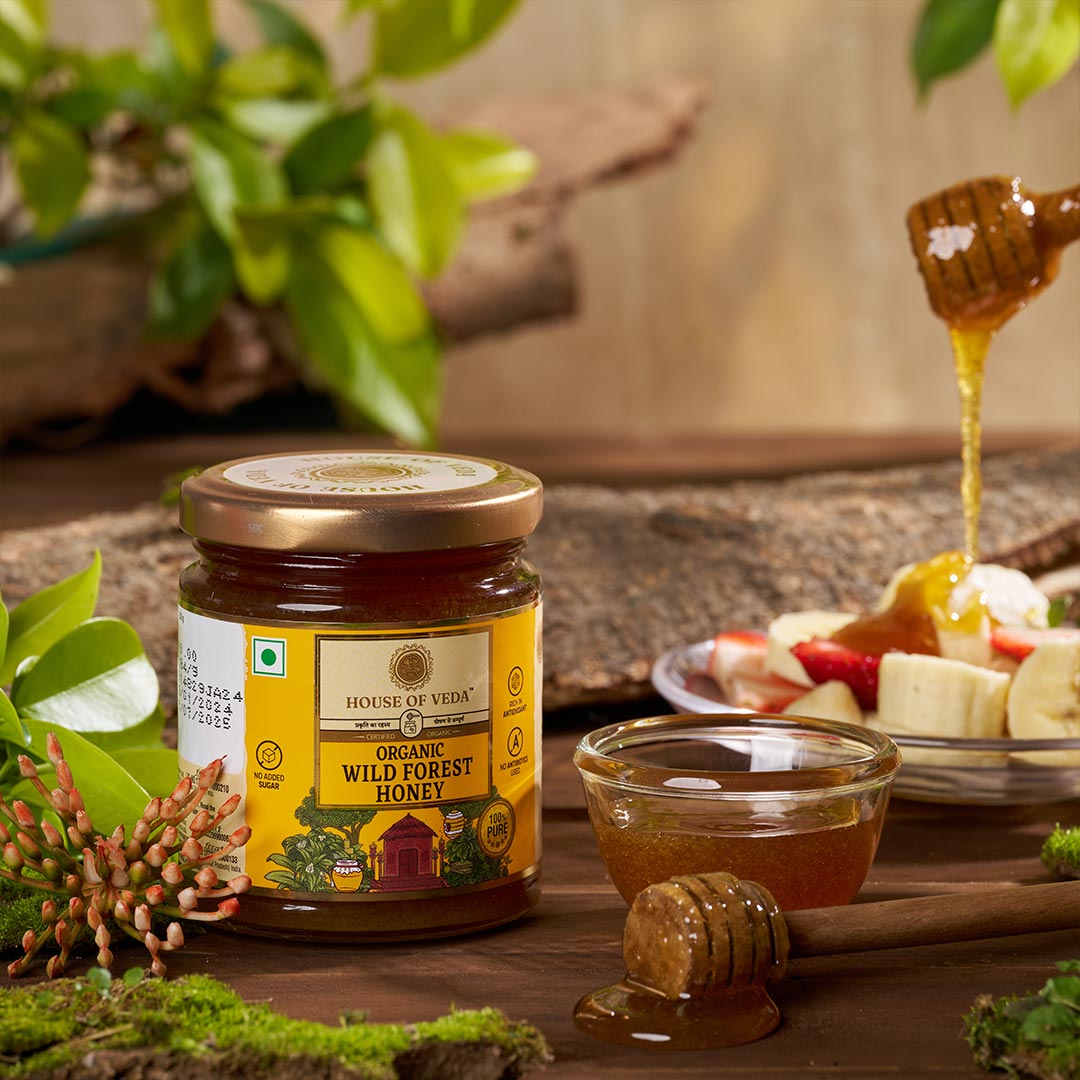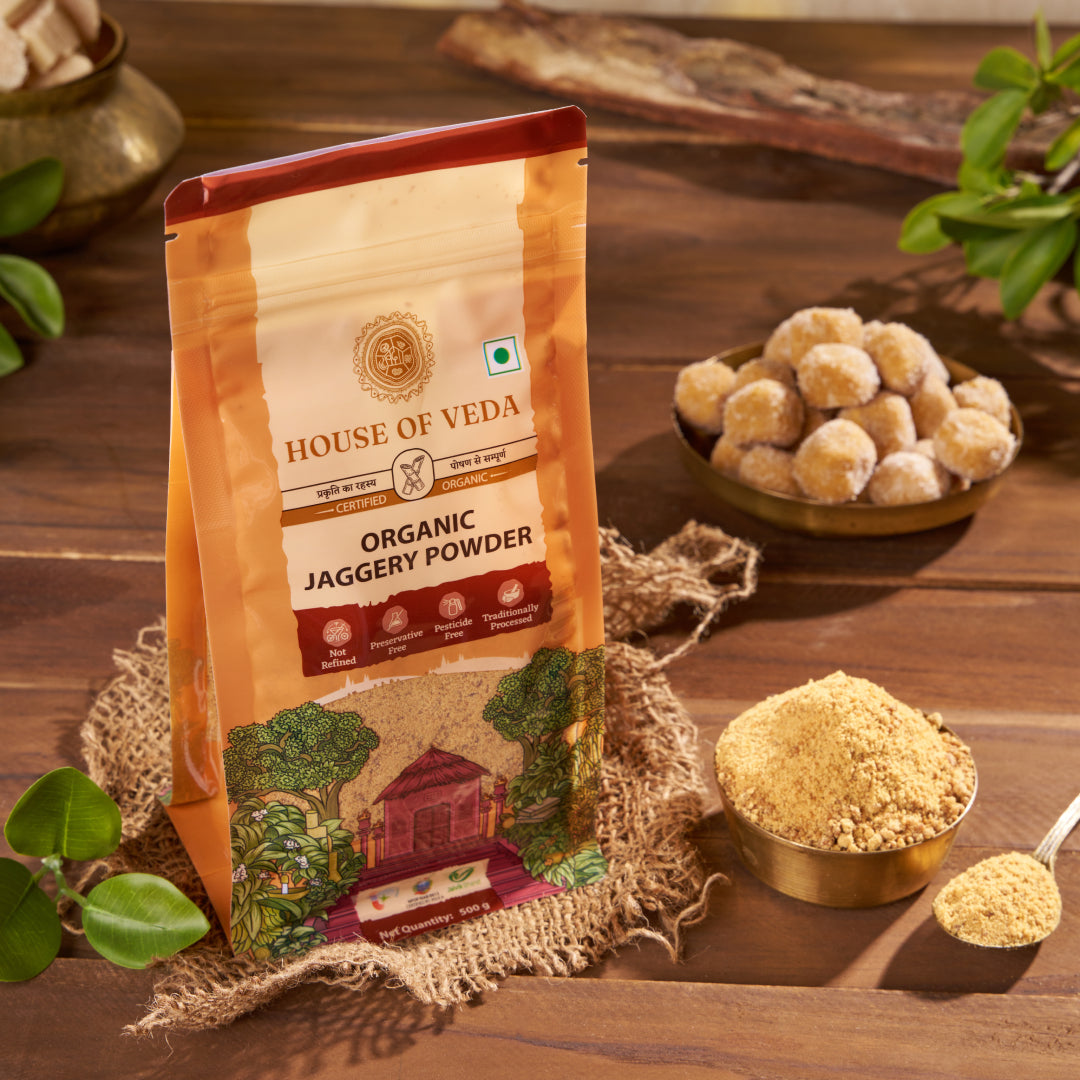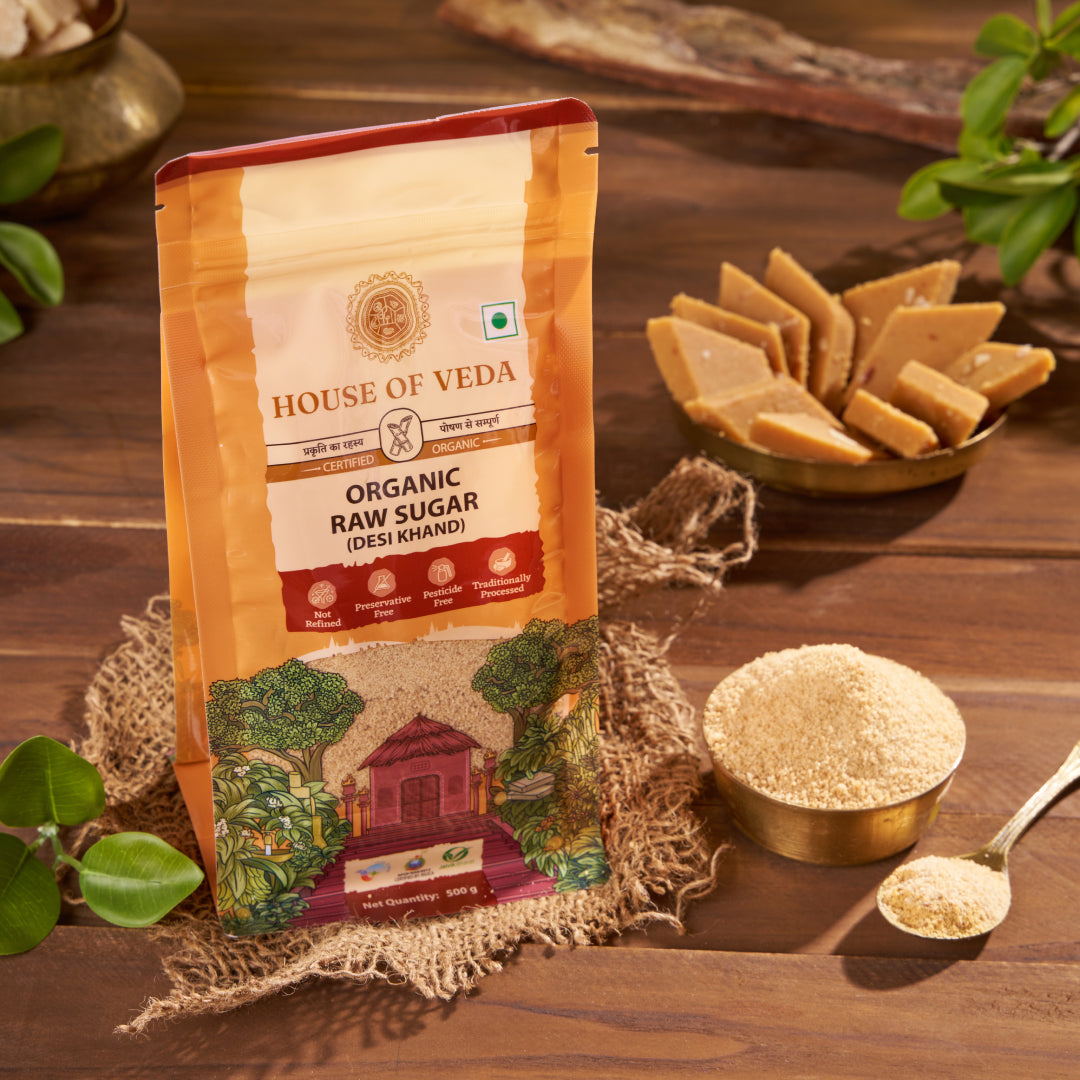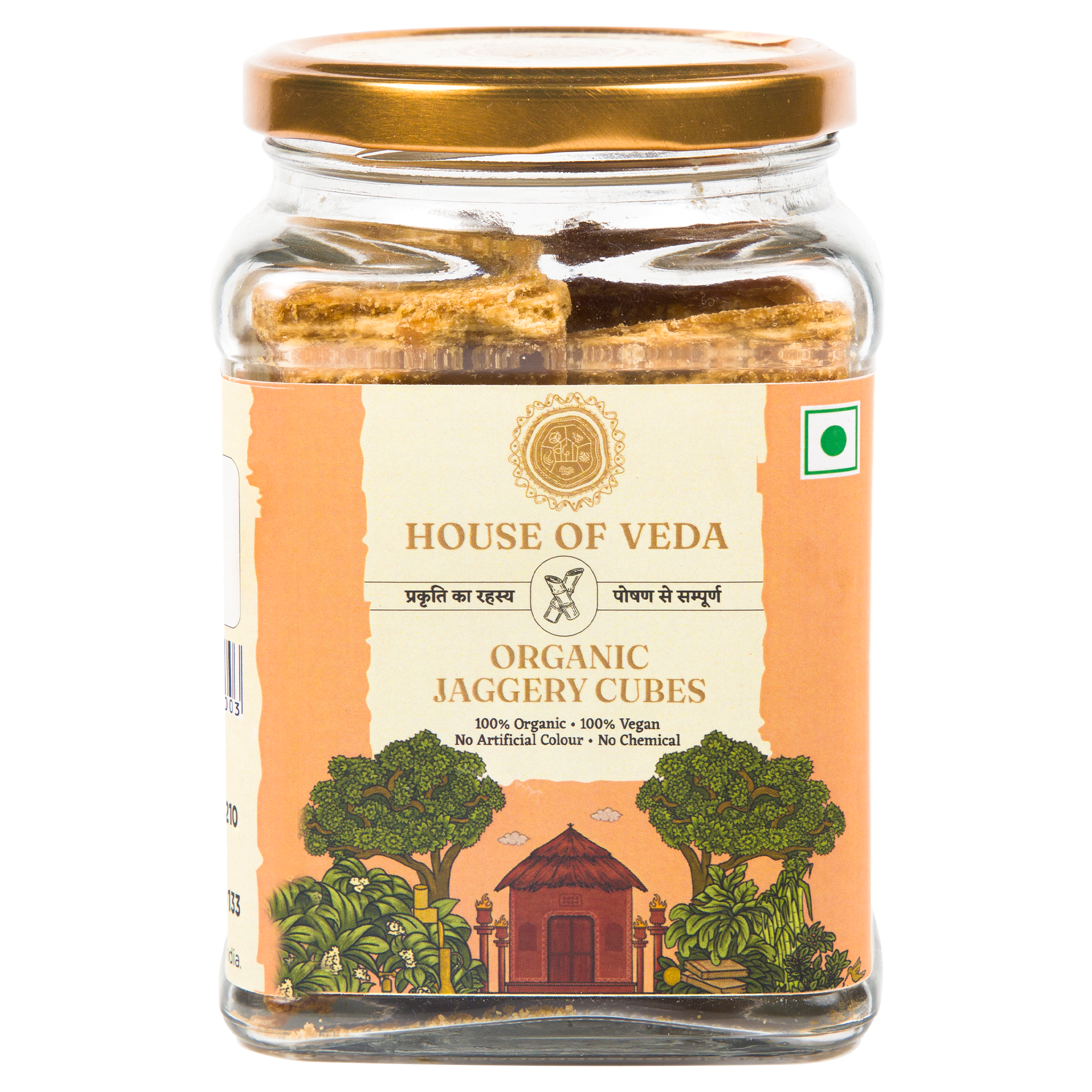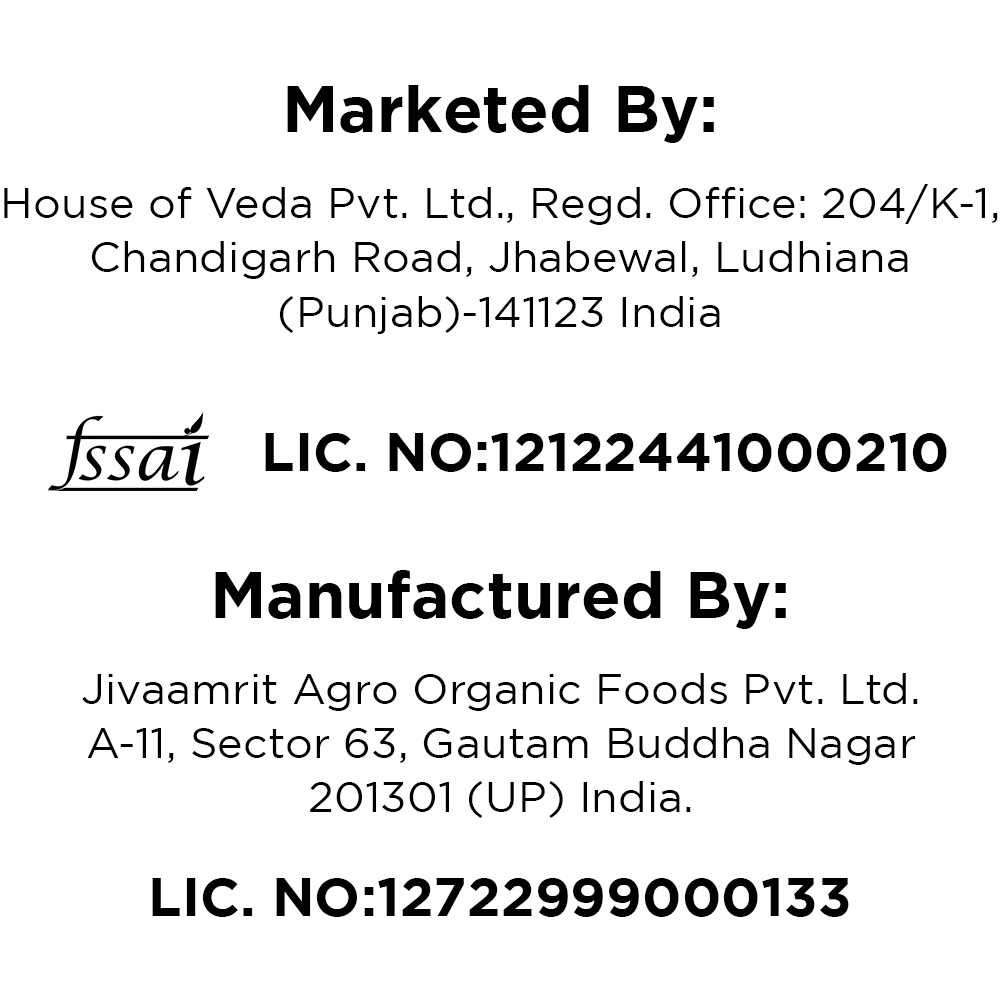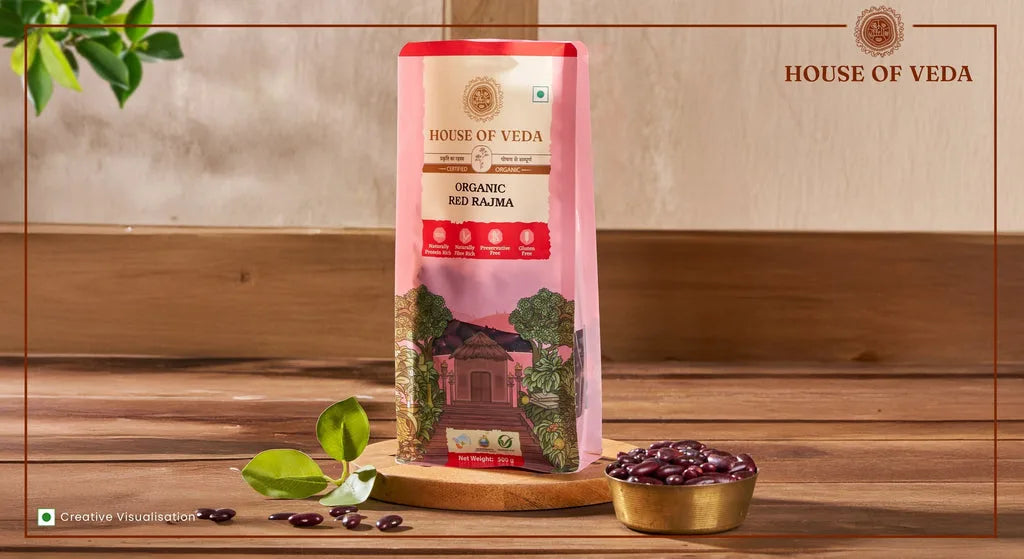
Rajma Benefits, Nutrition & How to Cook It Right

Something is soul-soothing about a steaming hot bowl of rajma chawal. Be it a chilly winter afternoon or a lazy Sunday lunch, this humble dish made with kidney beans has become a staple across Indian homes. Loved for its rich flavor, satisfying texture, and incredible health benefits, rajma is more than just comfort food. There would be nothing wrong in calling it a global superfood in disguise.
This blog explores everything you need to know about rajma, starting from its origin and types to nutritional facts, health benefits, and delicious recipes. Let’s dive deep into why rajma deserves a permanent place in your weekly diet.
What is Rajma?
‘Rajma’ refers to the red kidney-shaped legume popular in North Indian cuisine. The name is derived from its shape, which resembles a kidney.
English Name
Kidney Beans
Botanical Name
Phaseolus vulgaris
Exploring the Popular Varieties of Rajma (Kidney Beans)
Rajma comes in several varieties, each with its own color, texture, and cooking time. Here's a breakdown:
Red Rajma: It is also known as Lal Rajma and is the most used variety, especially in Punjabi Rajma Masala. These kidney beans have a thick skin and require a longer cooking time, but the result is worth the wait. They are rich in taste and retain their shape beautifully after cooking.

Chitra Rajma: This rajma type is sometimes called Speckled Kidney Beans as they are light brown or beige with maroon spots. They cook faster than red rajma and offer a softer texture with a mildly nutty flavor. This type is perfect for those who prefer a more delicate taste.

Jammu or Kashmiri Rajma: They are small, dark red beans cultivated in the hills of Jammu and Kashmir. They boast a distinct, earthy flavor and cook relatively quicker than other types. Their unique taste and nutritional richness make them a favorite among rajma connoisseurs.

White Rajma is less common in Indian households but enjoys popularity in global cuisines. With its mild taste and smooth, creamy texture, white rajma is perfect for salads, soups, and cold recipes.
Lastly, Black Rajma, also known as Black Turtle Beans in some regions, are often mistaken for regular black beans. These dense beans are packed with antioxidants and have a robust texture, making them ideal for hearty stews and Latin American-inspired dishes.
Each type brings something unique to the table, making rajma a versatile ingredient that fits into multiple cuisines beyond Indian borders.
Nutritional Value of Rajma (Per 100g Boiled)
- Calories: 127 kcal
- Protein: 8.7 g
- Carbohydrates: 22.8 g
- Fiber: 6.4 g
- Fat: 0.5 g
- Iron: 2.9 mg
- Calcium: 28 mg
- Magnesium: 45 mg
- Potassium: 405 mg
Highlight: Rajma is a nutritional powerhouse — high in protein, complex carbohydrates, fiber, and essential minerals like iron and potassium.
Top 7 Health Benefits of Rajma

1. Rich Source of Plant-Based Protein
Rajma is a boon for vegetarians and vegans who need reliable sources of protein. A single serving provides 8–9 grams of high-quality plant protein. This makes rajma ideal for muscle building, repair, and overall cellular health. Athletes and gym-goers often include rajma in their diets for its clean protein profile without added fats.
2. Supports Weight Loss
Thanks to its high fiber content, rajma keeps you full for longer. Fiber delays gastric emptying, leading to reduced appetite and fewer calorie cravings. Unlike processed foods, rajma keeps your metabolism steady, reducing the chances of overeating. The low fat content and complex carbs further help in healthy weight management.
3. Stabilizes Blood Sugar Levels
Rajma has a low glycemic index (GI), which means it releases sugar into the bloodstream slowly. This prevents sudden spikes in blood sugar and insulin levels. It is especially beneficial for diabetics and pre-diabetics who are advised to consume foods with a low GI to maintain steady glucose levels.
4. Promotes Heart Health
High fiber, magnesium, and potassium make rajma heart-friendly. These nutrients help reduce bad cholesterol (LDL), regulate blood pressure, and improve arterial function. The soluble fiber binds to cholesterol in the digestive tract and eliminates it from the body. Regular consumption can lower the risk of heart disease and stroke.
5. Boosts Energy & Fights Fatigue
Rajma is rich in iron, which is essential for producing hemoglobin — the molecule that carries oxygen in the blood. Iron deficiency is a leading cause of fatigue, especially in menstruating women, children, and vegans. Rajma also contains B vitamins like folate and thiamine, which support energy metabolism.
6. Improves Gut Health
Rajma contains prebiotic fiber that feeds good bacteria in the gut. A healthy gut microbiome aids digestion, improves nutrient absorption, and strengthens immunity. Regular consumption of rajma can reduce the incidence of constipation and bloating, provided it is cooked properly.
7. Good for Skin & Anti-Aging
Antioxidants such as polyphenols found in rajma help neutralize free radicals that damage skin cells. This results in fewer signs of aging, like wrinkles, fine lines, and pigmentation. Rajma’s zinc content also helps in collagen production and skin repair.
Rajma in Pregnancy: Safe or Not?

Yes, rajma is safe to eat during pregnancy when cooked thoroughly.
- Folate: Essential for fetal brain and spinal cord development.
- Iron: Helps in meeting the increased blood volume demands during pregnancy.
- Protein: Supports the growth of the baby’s tissues.
Tip: Always soak and pressure-cook rajma to eliminate harmful compounds like lectins and phytic acid.
Side Effects of Rajma and Who Should Avoid It
a. Gas and Bloating
Rajma contains oligosaccharides, which may cause gas in some individuals. To reduce this:
- Soak beans for at least 8 hours
- Cook with digestive spices like hing, ajwain, ginger, and cumin
b. Lectin Toxicity
- Raw or undercooked rajma contains lectins that can cause food poisoning.
- Always boil soaked rajma in a pressure cooker for 15–20 minutes
c. Kidney Patients
Due to its high potassium and phosphorus content, kidney patients should avoid or limit rajma consumption.
-
Advice: Always consult your doctor or dietitian before including rajma in your renal diet.
How Much Rajma is Safe to Eat Per Day?
- Recommended Serving: 50–100g cooked rajma (approximately 1 cup)
- Frequency: 2–3 times a week
Overconsumption may lead to indigestion, flatulence, and in some cases, mineral imbalance. Balance it with other protein sources for optimal nutrition.
Cooking Tips to Maximize Nutritional Benefits
1. Soak for 8–10 Hours:
- Removes anti-nutrients like phytic acid
- Reduces cooking time and improves digestibility
2. Boil or Pressure Cook Thoroughly:
- Kills lectins and softens fiber
3. Use Digestive Spices:
- Add ginger, cumin, turmeric, ajwain, and hing to aid digestion
4. Avoid Canned Rajma:
- Often loaded with sodium and preservatives
-
Prefer fresh, home-cooked rajma

Delicious and Easy Recipes with Rajma to Try Today

1. Classic Rajma Masala
A North Indian delicacy made with red rajma, tomatoes, onions, and aromatic spices.
Ingredients:
- 1 cup soaked rajma
- 2 chopped onions
- 3 tomatoes (pureed)
- Ginger-garlic paste
- Spices: cumin, turmeric, red chili, garam masala
Instructions:
- Boil the soaked rajma in a pressure cooker.
- Sauté onions and garlic in oil.
- Add tomato puree and spices.
- Mix cooked rajma and simmer for 20 minutesmins.
- Garnish with coriander. Serve hot with rice.
2. Rajma Tikki (Kidney Bean Cutlets)
Perfect high-protein evening snack.
Ingredients:
- 1 cup boiled rajma
- 1 grated carrot
- 1 chopped onion
- Bread crumbs
- Spices: cumin, chaat masala, chili powder
Instructions:
- Mash the rajma and mix all ingredients.
- Shape into tikkis and pan-fry until golden brown.
- Serve with mint chutney.
3. Rajma Pulao (One-Pot Kidney Bean Rice)
Wholesome and quick meal.
Ingredients :
- 1 cup boiled rajma
- 1 cup basmati rice
- Chopped onions and tomatoes
- Whole spices: bay leaf, cardamom, cloves
Instructions:
- Saute whole spices, onions, and tomatoes.
- Add rice, boiled rajma, and 2 cups of water.
- Cook until rice is fluffy. Serve with raita.
4. Rajma Khichdi
Perfect for digestion and gut health.
Ingredients:
- 1/2 cup rajma
- 1/2 cup moong dal
- 1 cup rice
- Hing, turmeric, ginger
Instructions:
- Soak and boil rajma.
- Cook with dal and rice in the pressure cooker.
- Add tempering of ghee, cumin, and hing.
5. Rajma Brownies
High-protein dessert option.
Ingredients:
- 1 cup cooked rajma
- 1/4 cup cocoa powder
- 1/2 cup oats
- 1/4 cup maple syrup or honey
- Baking powder, vanilla extract
Instructions:
- Blend all ingredients into a smooth batter.
- Pour into greased baking dish.
- Bake at 180°C for 20–25 mins.
- Cool, slice, and enjoy guilt-free brownies.
Conclusion: Why Rajma Deserves a Place in Your Weekly Diet
Rajma is not just a protein-rich legume but also a symbol of warmth, health, and tradition. Whether you enjoy it as a curry, snack, or even dessert, this versatile bean offers incredible health benefits and culinary satisfaction. When soaked and cooked properly, rajma can be a wholesome, safe, and flavorful addition to your diet.
Ready to Boost Your Health with Rajma? Start Cooking Nutritious and Delicious Rajma Dishes Today!
FAQs
1. Is it okay to eat kidney beans every day?
While rajma is nutritious, daily consumption may lead to digestive issues due to its high fiber and oligosaccharides. 2–3 times a week is ideal.
2. How much protein is in rajma?
Boiled rajma contains approximately 8.7 grams of protein per 100 grams.
3. Can rajma cause gas?
Yes, due to oligosaccharides. Proper soaking and cooking with spices like ajwain can help reduce this.
4 . Is rajma safe during pregnancy?
Yes, when soaked and cooked well. It’s rich in folate and iron, essential for fetal and maternal health.
5. Which rajma is the healthiest?
Jammu or Kashmiri rajma is considered most nutritious due to its dense texture and mineral-rich soil.
6 . What’s the best way to cook rajma for digestion?
- Soak for 8–10 hours
- Pressure cook for 15–20 minutes
-
Use digestion-friendly spices like ginger, cumin, and turmeric
"The House Of Veda Stands By The V-E-D-A Principles. Every Blog We Write And Every Product We Offer Is Built On Verified Experience And Expertise. We Are Committed To Dependability And Authenticity, Ensuring That Our Community Receives Nothing But The Best In Organic Wellness."
"V-E-D-A" (Experience, Dependability, Authority, And Authenticity)


